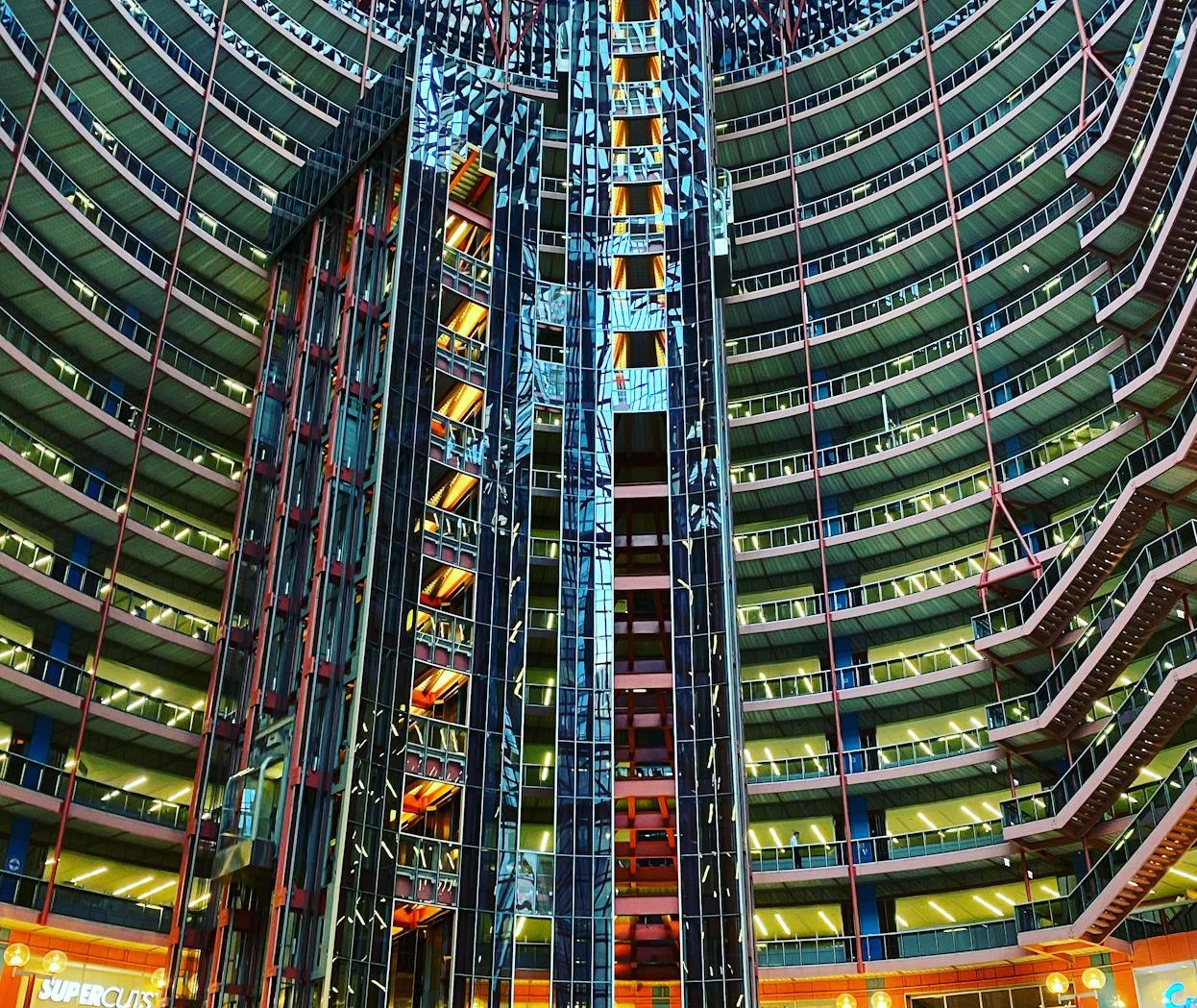What Happens When Parts Are No Longer Available?
Elevators are built to last, but not forever.
One of the most common and costly challenges facing property owners and facility managers today is the obsolescence of elevator components. Many buildings across Canada still rely on elevator systems installed 20–40 years ago. While these systems may appear functional, they often depend on parts that are no longer manufactured, supported, or serviceable.
What Is Obsolescence in Elevator Systems?
Obsolescence occurs when critical components such as controllers, door operators, drives, or proprietary software become:
- No longer manufactured
- Unsupported by the original Equipment Manufacturer (OEM)
- Unavailable from suppliers or distributors
- Incompatible with parts or systems
It’s not just about hardware; software obsolescence is equally dangerous, especially when legacy systems require outdated tools or restricted access.
What Happens When a Part Fails and It’s Obsolete?
If a critical component fails and cannot be replaced or repaired, you may face:
- Extended downtime: Systems could be offline for weeks or months.
- Emergency modernization: Costly and rushed upgrades with limited design input.
- Limited repair options: This often forces you to return to the original OEM at premium pricing.
- Compliance risks: Systems may no longer meet the current CSA B44 code requirements.
Signs Your Elevator May Be at Risk
If your elevator was installed or last modernized before 2005, it’s time for a professional review. Common red flags include:
- Frequent service calls for the same component
- Service reports citing obsolete or “no longer available” parts
- Technicians sourcing parts from salvage or third-party rebuilders
- OEM is suggesting full modernization without alternatives
What Are Your Options When Facing Obsolescence?
- Selective Modernization
Replace specific components (like controllers or door operators) with non-proprietary, serviceable alternatives. - Full Modernization
For systems over 25–30 years old or in poor condition, a full upgrade may be more cost-effective long-term. - Service Contract Review
Ensure your maintenance contract clearly defines parts availability, response time, and alternatives in case of obsolescence. - Independent Consultant Support
Don’t rely solely on your contractor or OEM to define your options. We advocate for you, not the manufacturer.
Final Thought: Obsolescence Isn’t a Surprise, It’s a Planning Problem
Elevator obsolescence is inevitable, but being caught off guard isn’t. With the right information, expert guidance, and proactive planning, you can avoid reactive decisions, minimize downtime, and protect your investment.
If your elevator system is aging, or you’ve received notice about unavailable parts, now is the time to act.
How a Proactive Obsolescence Review Can Save You
At Vertex Elevator Design, we specialize in condition assessments and modernization planning. Here’s how we help:
- Inventory analysis: Identify all at-risk or obsolete components.
- Compatibility review: Assess whether partial upgrades (e.g., controller-only modernization) are feasible.
- Lifecycle forecasting: Estimate how much useful life remains and when intervention will be necessary.
- Budget planning: Help you avoid sticker shock with 3- to 5-year capital forecasts.



